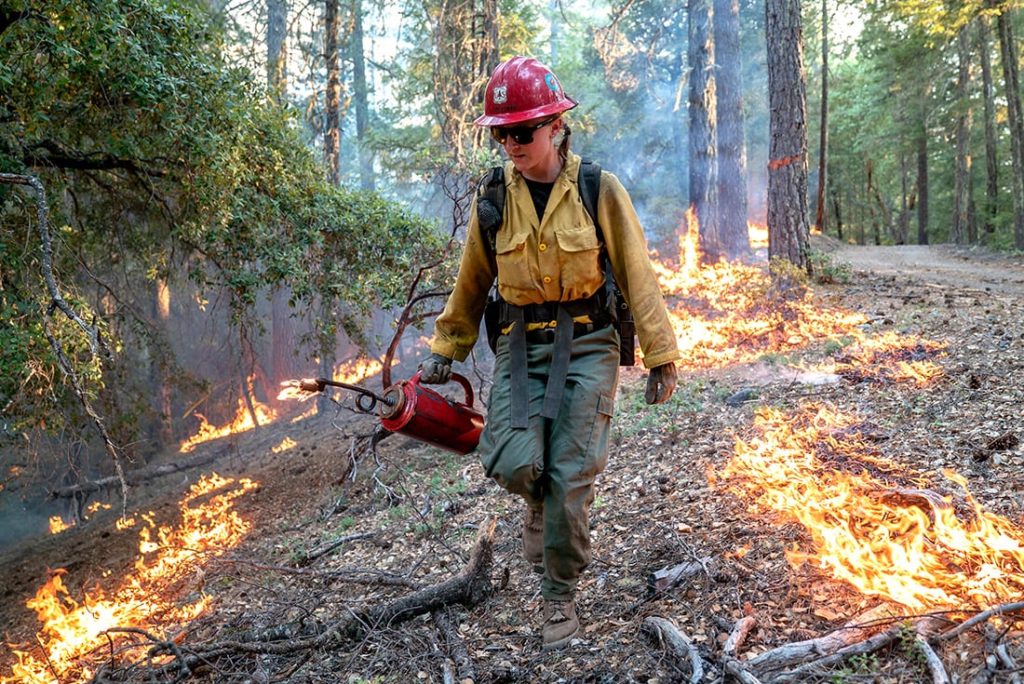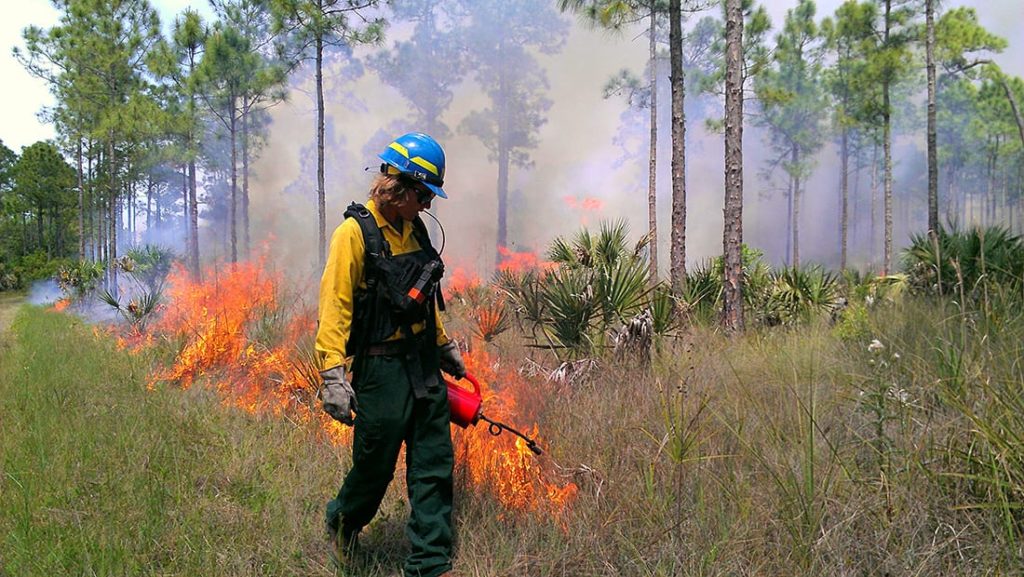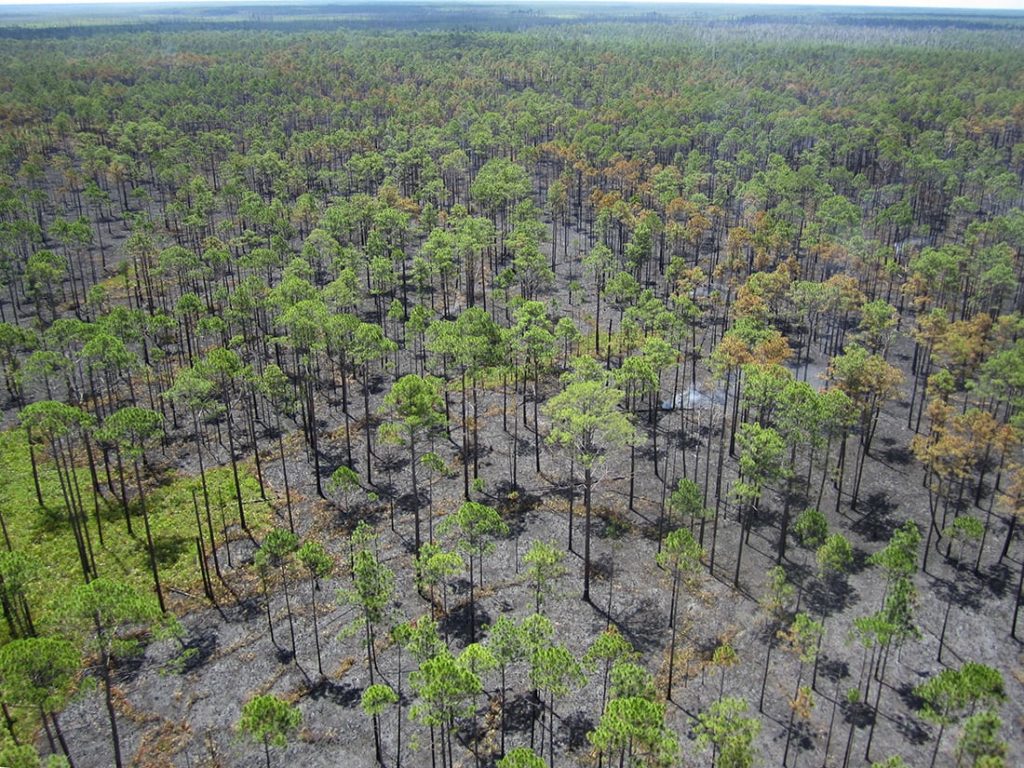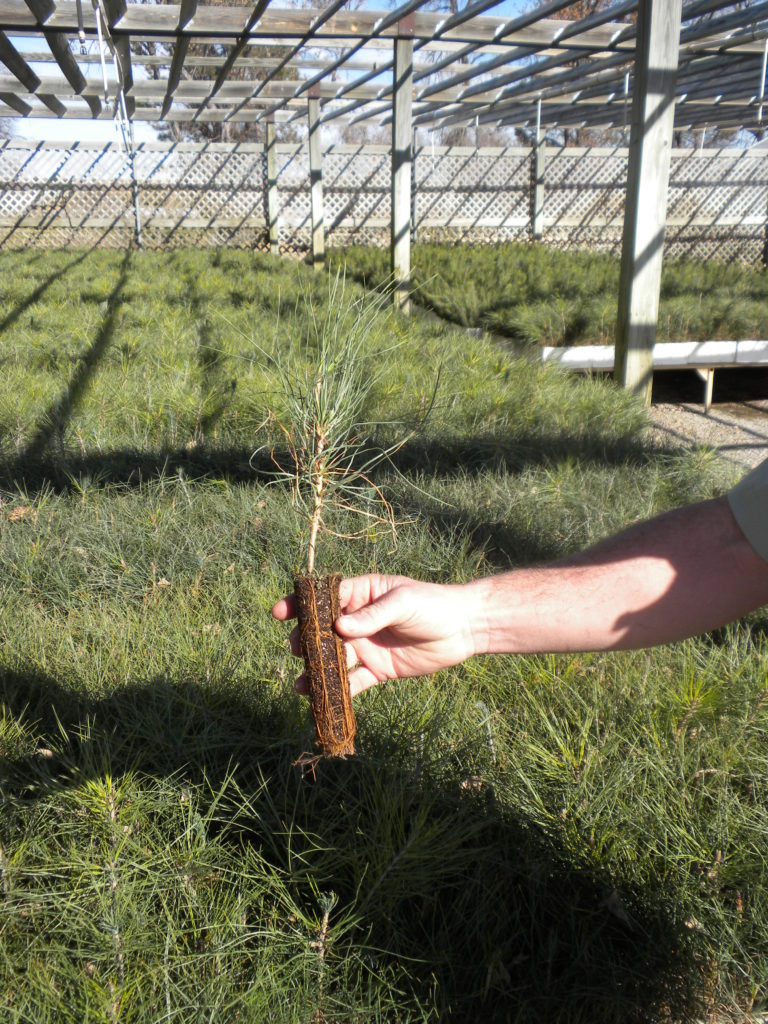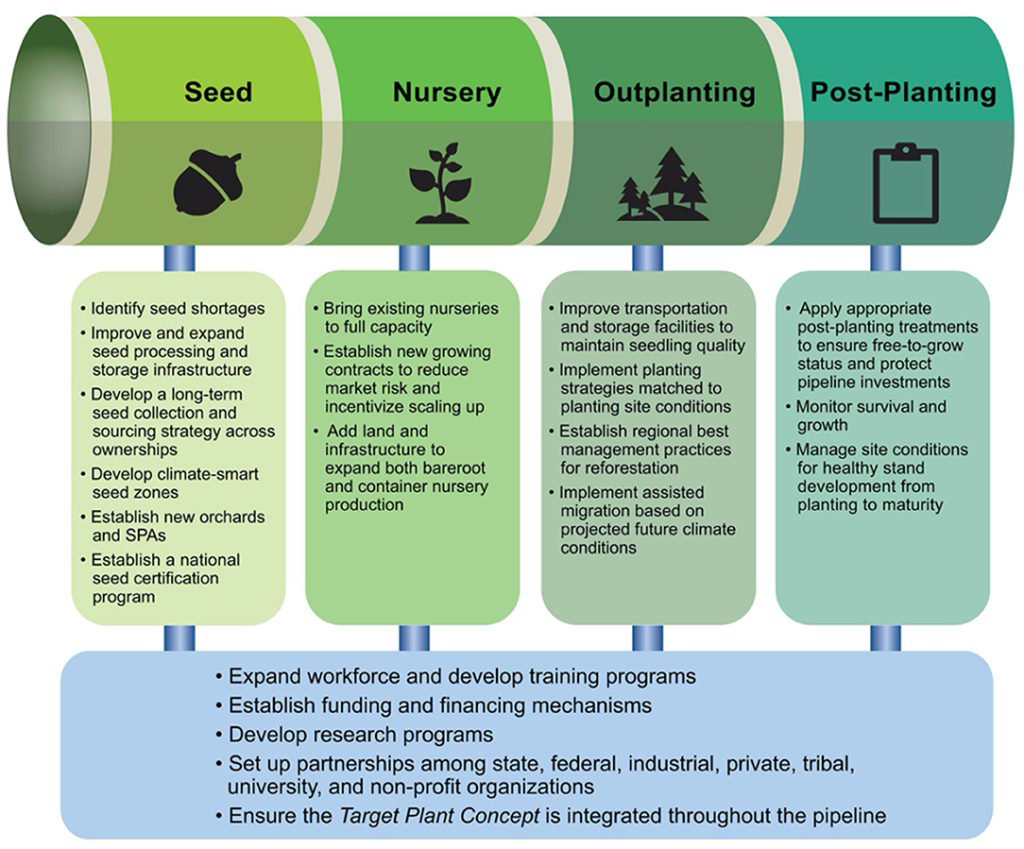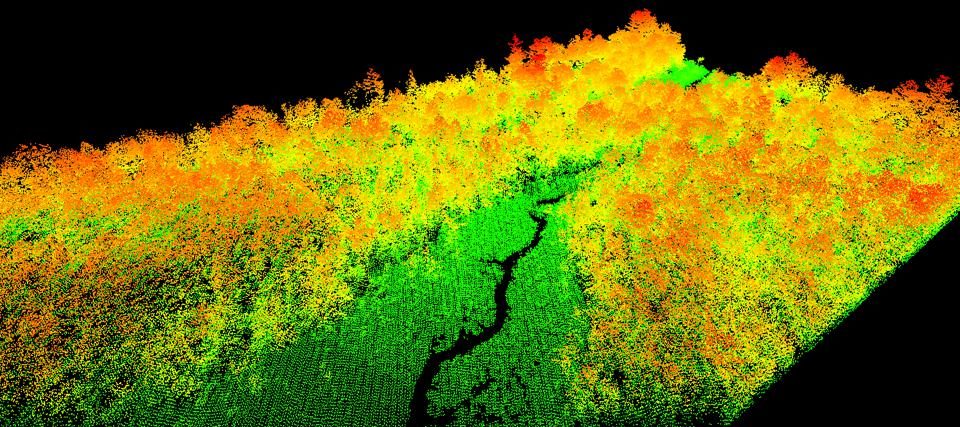
Whether’s it’s watching David Attenborough’s latest Perfect Planet films or using high-tech VR to experience the Amazon, many of us are familiar with experiencing the natural world through technology. We are, however, much less familiar with understanding the many emerging ways in which technology can and should help us protect, restore and more sustainably manage our natural resources.
At Nature4Climate (N4C), we are excited by the emergence of what we are calling ‘nature tech’ – a term that encompasses the application of modern technology to help enable, accelerate and scale-up nature’s ability to combat climate change and deliver a range of other benefits for people and the planet.
Left to its own devices, nature has been providing benefits to humankind since the beginning of time. Unfortunately, in far too many places, nature is under threat and we now know that proactive steps need to be taken care for our natural ecosystems. These actions are known, collectively, as nature-based solutions (NbS), which are defined by IUCN as ‘actions to protect, sustainably manage, and restore natural or modified ecosystems, that address societal challenges providing human well-being and biodiversity benefits’. A sub-section of NbS are natural climate solutions that are focused specifically on climate mitigation and adaptation.
In the midst of a global health crisis, the collapse of biodiversity, and a warming climate, the need for NbS has never been greater. But despite their potential, NbS still face a number of barriers. They require government policies and incentives; they require community support and engagement; and they require private sector understanding and investment, both in the corporate and finance sectors.
These are all areas that N4C, and many others, are working on. But it is also clear that, like most things, NbS can be greatly aided by innovative technology. Many see nature and technology as polar opposites, and by extension believe that “natural” and “technological” solutions to global crises exist in conflict. We believe the opposite, and so this year we will be turning our attention to ‘nature tech’ – technology that can accelerate the deployment of NbS at scale.
Defining ‘nature tech’
The notion of ‘cleantech’ has existed for more than a decade, and is synonymous with eco-innovation, encompassing high-tech companies that create environmental added value. In its 2020 report, the Cleantech Group estimated that more than $7.4 billion had been raised by its top 100 companies from investors spanning 45 countries – and the whole sector has been estimated to be worth about $4 trillion. Cleantech is defined as ‘new technology and related business models that offer competitive returns for investors and customers while providing solutions to global challenges’.
To date, definitions of cleantech have mostly covered companies that focus on renewable energy, energy efficiency, recycling, supply chain efficiencies, etc., with emerging trends in what is known as ‘ag tech’. At N4C, we believe there is huge potential for the growth of companies that apply technology advances – whether that’s satellite monitoring, drone technology, AI, genomic sequencing, block chain etc – for the benefit of nature and the climate.
So, how do we define ‘nature tech’? In its broadest sense, it is high-tech applications that enable, accelerate and scale-up NbS. N4C is currently conducting a landscape-mapping and scoping exercise and will release a more precise definition during the CogX festival in June in the UK. But based on our initial assessment, we believe it covers the following areas, albeit not exclusively:
- Technology to deploy NbS, such as drone technology for reforestation;
- Technology to monitor, verify and report on NbS such as satellite monitoring and DNA testing;
- Technology to improve transparency around NbS; and,
- Technology to connect people and projects involved in NbS.
Emerging trends

The number of the companies that embody this trend are still relatively few compared to the numbers reported by the Cleantech Group, but it is increasing. For example, Pachama has attracted attention and funding for its combination of machine learning and satellite monitoring to protect forests by connecting them to global carbon markets. In Canada, Flash Forest has pioneered a high-tech approach that can speed up reforestation by 10 times. Moja global is developing open-source software to improve accuracy and lower the cost of developing a system to measure emissions from forestry, agriculture and other land uses. Finnish company Carbo Culture focuses on high-tech biochar solutions to enhance carbon sequestration in soils, while NatureMetrics uses cutting-edge genetic techniques to monitor biodiversity. Tech can also give us an insight into a previously obscure and hidden world. We have long relied on systems like TRASE to look at supply chain transparency and the cause and effect of commodity production and trade, and this technology is rapidly improving.
There are also initiatives focused on building support and funding for these companies: the Techstars Sustainability Accelerator was launched in partnership with The Nature Conservancy to accelerate investment in start-ups looking to help solve food, water and climate challenges. In December 2020, the Sustaintech Xcelerator was launched by DBS, Google, the World Bank and others to support climate innovators who are developing solutions that increase confidence in NbS.
Why is this emerging trend important? We believe that there are five good reasons for nature-tech – the bridge between the worlds of technology and nature – to be strengthened and invested in.
- Nature tech has a vital role to play in accelerating the deployment of nature-based solutions, at a time when speed is of the essence. We cannot reach the goals of the Paris Agreement without large-scale deployment of natural climate solutions by 2030. It can also help us map, measure and deploy NBS at the right places at the right time.
- Equally important are the jobs that can be created. This includes all the livelihoods supported by nature-positive investments, such as sustainable food production and reforestation efforts, as well as creating new opportunities for entrepreneurs to build nature tech businesses that may not currently exist.
- Technology also enables the democratization of opportunity. Ideas can come from anywhere, and a bottom-up revolution in nature-based solutions is possible in every country, facilitated by accessible technology such as mobile phones and platforms such as the World Economic Forum’s UpLink that connects projects on the ground to experts and investors.
- Transparency and accountability are especially critical in the race to net zero, particular for nature’s place in that race. This is where technology can play an outsized role, to help solve many of the existential hurdles that nature-based solutions to climate have faced – around monitoring, measuring, verifying and reporting.
- And last but never least, finance. Nature-based solutions are much in need of investment, attracting less than 10% of current public climate finance. Technology can help derisk projects and play an important role in both creating a marketplace and attracting finance, by reducing transaction costs, enhancing supply chain transparency, and looking into past and future models and trends.
Instead of just using technology to experience nature – a poor substitute for the real thing – N4C believes tech can be a huge force for unlocking the potential of nature-based solutions. It’s time to bridge the worlds of nature and technology. We live at a moment of extreme urgency with a need for innovation, solutions and using the best tools that the modern world can give us. Nature Tech is just beginning. We think it’s the next big thing, the next big investment opportunity, the next revolution in thinking and solutions.
“Tech is a tool; it’s up to us how we use it. Nature now needs tech support too.”
Lucy Almond is the Director and Chair of Nature4Climate.

